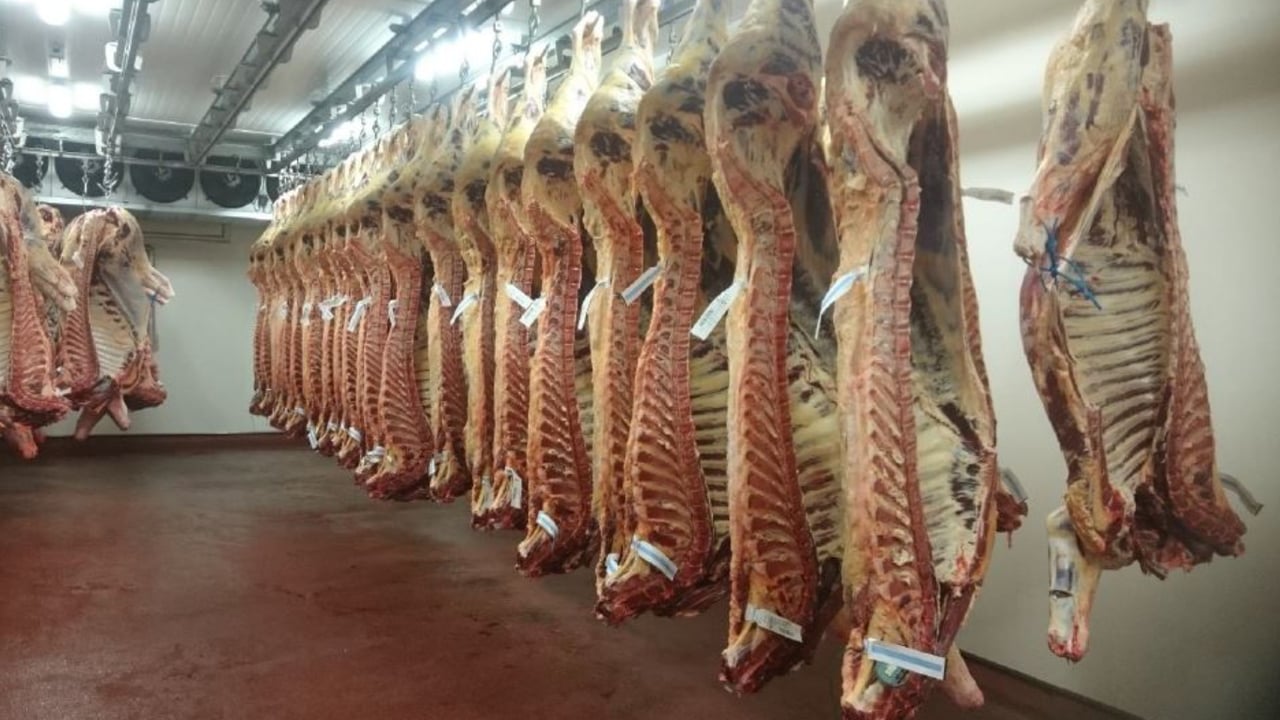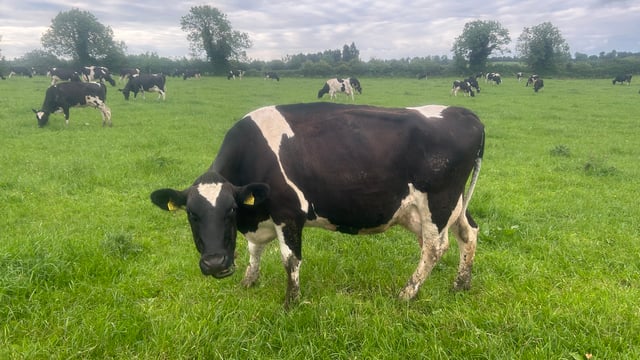Beef kill: Weekly supplies remain above 35,000 head
Weekly beef kill numbers have been in a gradual decline since mid-February but are still remaining at a reasonable level, with 35,500 cattle (excluding veal) slaughtered in the week ending Sunday, April 13.
Last week's cattle supply is up by over 2,000 head on the same week of last year.
The total cattle supply to date this year is currently approximately 24,000 cattle ahead of supplies from the same time of last year, despite projections of a drop in this year's cattle kill of up to 90,000 head.
Steer and heifer kill numbers have increased to date this year, while young bull kill numbers have remained steady and the cow kill has fallen.
Of the 35,500 cattle slaughtered at Department of Agriculture, Food and the Marine (DAFM)-approved factories last week (week 15), there were approximately:
- 11,000 heifers;
- 14,300 steers (bullocks);
- 7,950 cows;
- 1,650 young bulls;
- Remainder older bulls.
Looking at the cumulative beef kill figures to date this year, the cow kill has fallen by almost 8,000 head to approximately 122,500 head.
193,800 steers have been slaughtered to date this year, up 11,200 head on the same time last year.
The total heifer kill to date this year stands at 176,200, up by almost 20,900 head on the same time last year.
Young bull kill numbers have declined in recent years but appear to have stabilised so far this year at approximately 37,850 head.
The veal (V) kill to date this year stands at 2,250 head, down by a significant 13,250 head on last year.
Category V includes all calves slaughtered under eight-months-of-age, and category Z includes all calves slaughtered between eight and 12-months-of-age.
Changes to Bord Bia’s Sustainable Dairy Assurance Scheme (SDAS) has seen the slaughter of calves being phased out, and the strong trade for calves this year is helping to increase both domestic and export demand for this category.





